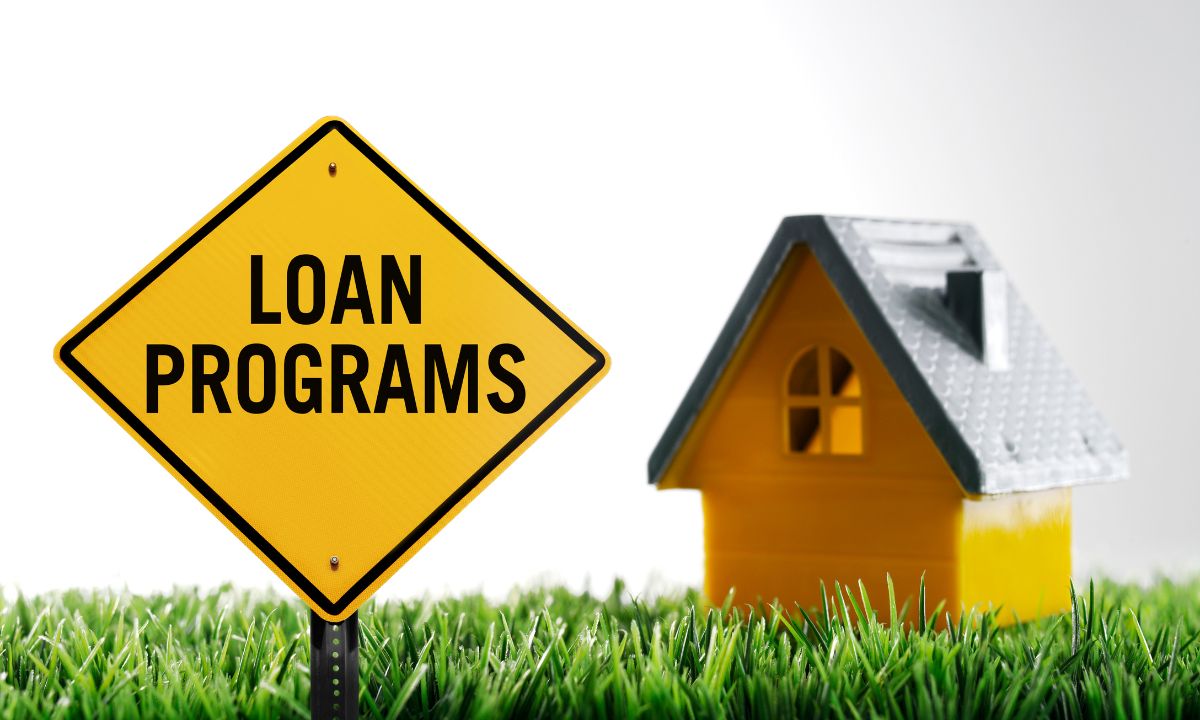 Refinancing can help homeowners save money, but it’s essential to determine if the potential savings outweigh the upfront costs. One key tool in making this decision is calculating the refinance break-even point. This simple calculation reveals how long it will take for your monthly savings to cover the costs of refinancing. Here’s everything you need to know about determining when refinancing will pay off.
Refinancing can help homeowners save money, but it’s essential to determine if the potential savings outweigh the upfront costs. One key tool in making this decision is calculating the refinance break-even point. This simple calculation reveals how long it will take for your monthly savings to cover the costs of refinancing. Here’s everything you need to know about determining when refinancing will pay off.
What Is the Refinance Break-Even Point?
The refinance break-even point is the time it takes for the savings from lower monthly payments to equal the total costs of refinancing, such as closing fees and other expenses.
For example, if your closing costs are $4,000 and you save $200 per month, your break-even point is 20 months.
If you plan to stay in your home beyond the break-even point, refinancing can offer substantial long-term savings.
How to Calculate Your Break-Even Point
- Determine the Total Costs of Refinancing
Refinance costs typically include: - Loan origination fees
- Appraisal fees
- Title search fees
- Attorney fees
These costs generally amount to 2-6% of the loan amount.
- Calculate Monthly Savings
Subtract your new monthly mortgage payment from your current one. For example, if your current payment is $1,500 and your new payment is $1,300, your monthly savings are $200. - Divide Closing Costs by Monthly Savings
Use this formula:
Break-Even Point = Total Closing Costs ÷ Monthly Savings
Example: If your closing costs are $4,000 and your monthly savings are $200, your break-even point is 20 months.
Factors That Influence Your Break-Even Point
Several factors affect how quickly you reach your break-even point:
- Interest Rates: A larger rate drop leads to higher monthly savings, shortening the break-even time.
- Loan Term: Shortening your term may delay the break-even point but reduce long-term interest costs, while extending it may lower monthly payments and speed up the break-even time.
- Closing Costs: Higher closing costs lengthen the time it takes to recoup your expenses.
- Loan Amount: Larger loan amounts tend to offer greater savings potential with lower rates.
When Does Refinancing Make Sense?
Refinancing might be a good choice if:
- You plan to stay in your home for several years.
- You can secure a significantly lower interest rate.
- You want to switch from an adjustable-rate mortgage (ARM) to a fixed-rate mortgage (FRM).
- You want to lower your monthly payments or pay off your loan faster.
- You need to access home equity with a cash-out refinance.
Common Mistakes When Calculating the Break-Even Point
To ensure accurate calculations, avoid these common pitfalls:
- Forgetting to include property taxes, homeowners insurance, or mortgage insurance in your calculations.
- Failing to align refinancing with your broader financial goals.
- Overestimating how long you’ll stay in your current home.
The Long-Term Benefits of Refinancing
Once you pass the break-even point, the monthly savings from refinancing can add up to significant financial benefits, potentially saving you thousands over the life of the loan. However, resetting your loan term may extend repayment time, so it’s essential to weigh the pros and cons.
 Purchasing a home is a significant financial milestone, but for many potential buyers, the upfront costs and down payment can be a barrier. Fortunately, there are a variety of mortgage assistance programs available through government agencies and nonprofit organizations to help low- and moderate-income homebuyers achieve their dream of homeownership. These programs can provide financial assistance, lower interest rates, or other benefits to ease the burden of purchasing a home. Here’s an overview of the key options available to you.
Purchasing a home is a significant financial milestone, but for many potential buyers, the upfront costs and down payment can be a barrier. Fortunately, there are a variety of mortgage assistance programs available through government agencies and nonprofit organizations to help low- and moderate-income homebuyers achieve their dream of homeownership. These programs can provide financial assistance, lower interest rates, or other benefits to ease the burden of purchasing a home. Here’s an overview of the key options available to you.